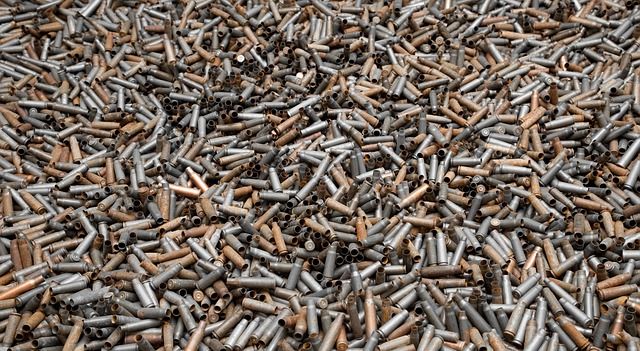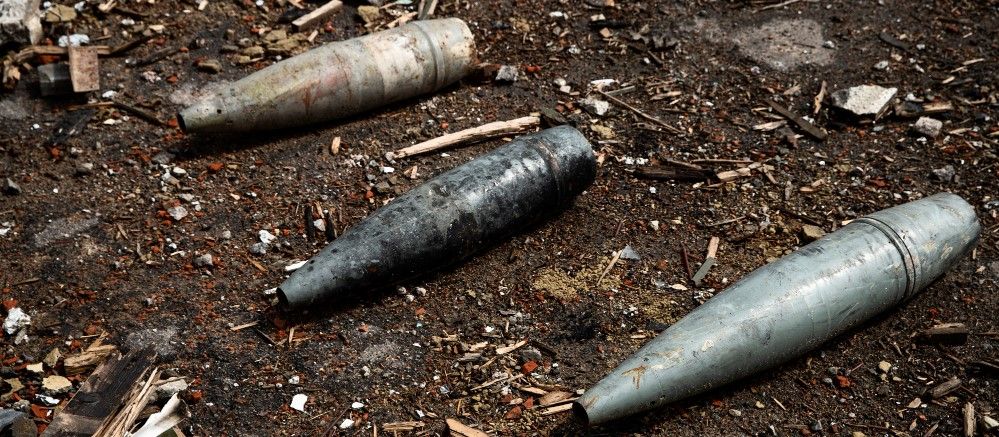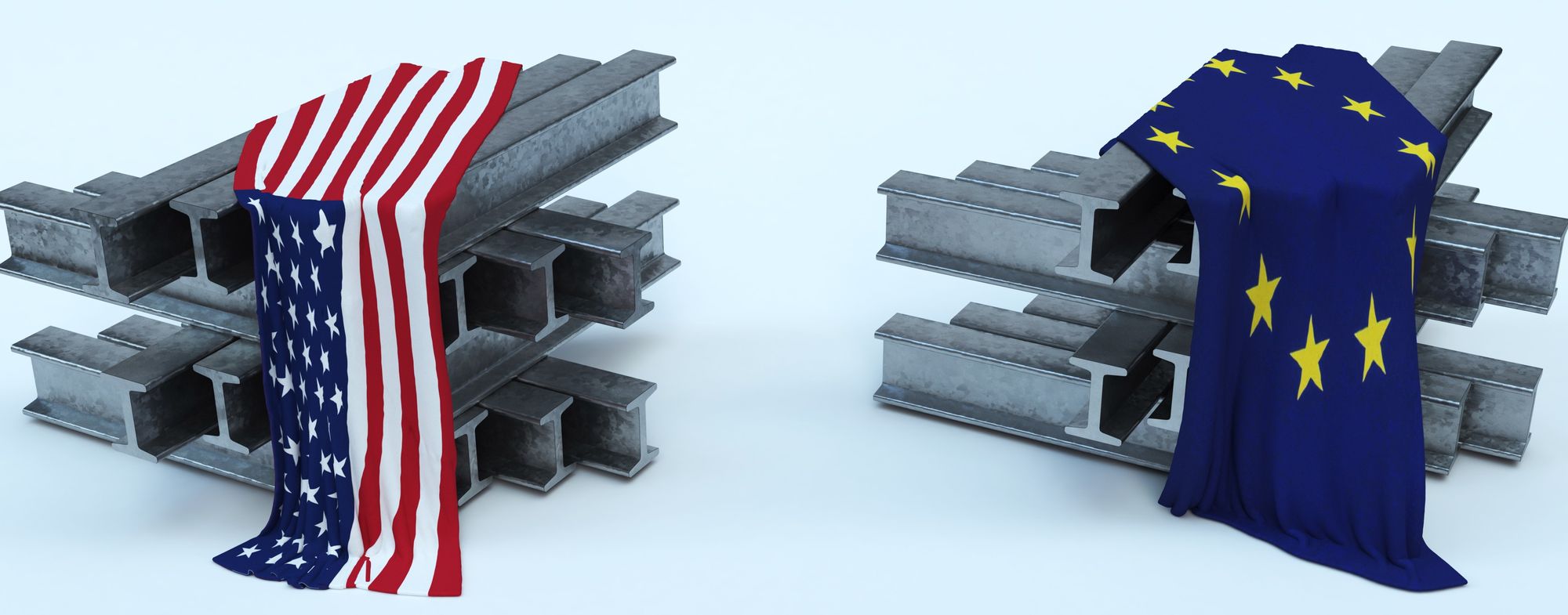Can the West Supply Ukraine with All the Artillery Shells it Needs?
Does America and Europe have the supply capacity to help arm Ukraine? Can they even arm themselves?

The details on how many artillery shells are being fired each day at the front in Ukraine are incomplete. Estimates are that the Russians have been firing as many as 60,000 rounds during offensives, while Ukraine has responded with only 7,000.
Despite the marked difference between how much each side is using, there are still fears that the Ukrainian army could run out of ammunition. The Ukrainian Defence Secretary claiming that Ukrainian guns could only fire one fifth of the rounds possible due to shell shortages.
While the political will to support seems solid among all major leaders in the West, can Ukraine really be supplied with all the artillery shells it needs?

“Nobody has as much as they want, whenever they want it,” said Eugene Gholz, associate professor of political science at the University of Notre Dame and a former Pentagon adviser for manufacturing and industrial base policy. “And yet, somehow, they manage to fight.”
Ukraine has requested that as many as a quarter of a million artillery shells a month be sent by their allies, but the fact is, neither the U.S. not the E.U. is ready to commit the resources to achieve that number.
This isn’t to say that no aid is being sent. As a recent Vox report notes, “As of May, the United States has given Ukraine more than 160 howitzers and more than 2 million 155 mm artillery rounds, in addition to other systems and thousands more types of ammunition that fit them.” While Time magazine reported in March 2023 that, “For their part, E.U. countries have provided Ukraine with about 350,000 155-millimeter shells in total.”
However, as the war goes on both the United States and Europe are being limited by production capacity and supply chain issues in their ability to supply Ukraine.
“The US can’t, or the European allies can’t, just push a button,” said Jennifer Erickson, an arms expert and associate professor at Boston College. Jen Spindel, assistant professor of political science at the University of New Hampshire, made the same point when she said, “It’s not like there’s an empty factory sitting out there that could just do it.”
In fact, the US has just two sites that make the steel bodies for the 155 mm rounds used in howitzers.

Efforts to increase production are being made in both the US and Europe. Typically, the US produces 14,000 155 mm shells per month with the Pentagon now spending roughly $1.45 billion to expand that to 24,000 per month later this year. The aim is to achieve production of 85,000 to 90,000 rounds per month in five years’ time.
Europe is doing the same but has had some difficulties as not every nation is as keen as the U.S. to support Ukraine or as eager to spend money on military production. All were less prepared for war and had little ammunition to spare.
“A lot of European countries already ahead of the war faced significant shortfalls in their stockpiles,” said Rafael Loss, coordinator for pan-European data projects at the European Council on Foreign Relations. “And because of what they have supplied to Ukraine over the past 15 months, they have become more and more empty.”
There have also been political challenges in unifying its military production.
Prior to the Russian invasion, each country supplied and trained its own armed forces. But a plan has now been agreed upon to better coordinate resources and to send about 1 million artillery shells to Ukraine by the end of the year, but not until those nations who have already donated munitions have been financially reimbursed.

According to Josep Borrell, the EU foreign policy chief, this ‘European Peace Facility’ has already sent over 220,000 artillery shells to Kyiv.
Overall, getting an artillery shell to the battlefield is not as easy as it sounds. Certainly not in the numbers required for a counter-offensive over a 2,500 km front.
“It’s volume, it’s also availability,” says Spindel. “And it’s making sure that you have the right combination of hardware, and then shell, is easily accessible, and easy to get into the theaters of conflict once a fight has begun.”
And this has been a constant struggle for Ukraine.
“We need more artillery shells,” said Serhii Cherevatyi, a spokesperson for Ukraine’s Operational Command East. “This entire war, we’ve been on the artillery ammo diet. I wouldn’t say it’s a total hunger, but it’s a diet.”
And all of that is changing the perception of how wars are fought. Prior to the Russian invasion, it was thought that the days of mass tank battles and trench warfare were long over. Now, the issue of manufacturing sufficient artillery shells has become a major political, economic, and supply chain issue. The history of shell shortages of 1915 or of war readiness in 1939 is being repeated all over again.
Ukraine is reshaping our understanding of warfare,” concludes Jen Kirby, a journalist covering the Ukraine war. “All armies have artillery, and artillery stockpiles. But the rate of artillery use in Ukraine raises questions about whether the US and its partners really are, themselves, prepared for a big war.”
Photo credit: kjkarpeter on Freepik, Freepik, Makrovector, & Triggermouse from Pixabay

